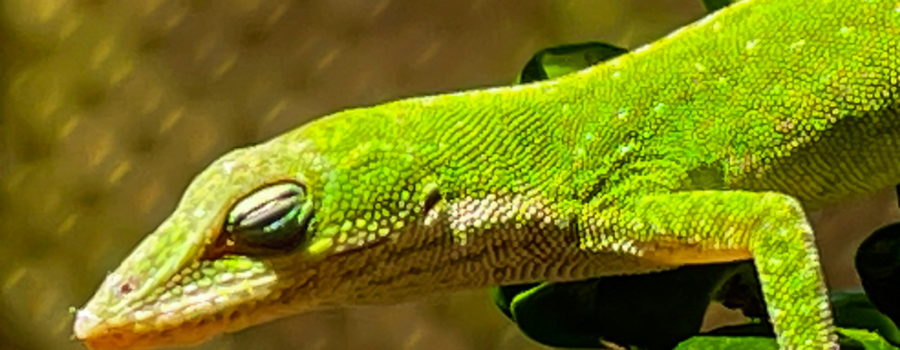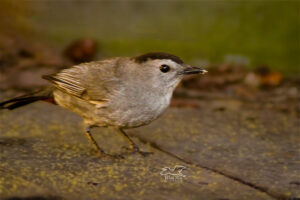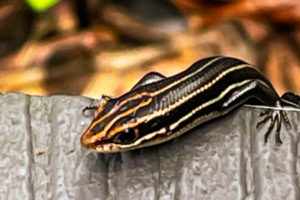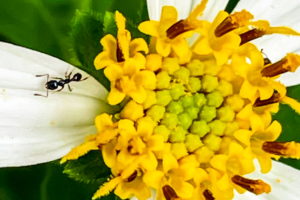The First Green Anole of Spring is a Great Sign

Along with spring wildflowers and trees, spring also brings back our warmth loving wildlife. I’m talking particularly about our amphibians and reptiles (although there are plenty of others including a lot of people!). I have seen a couple of anoles scampering around our kennels at work, but I hadn’t seen any at the house yet. Then last weekend I stepped outside to do some yard work, and there was a small green anole sunning herself on one of my boxwood trees.

As we discussed in an earlier post about green anoles, they are being displaced from some of their native habitat by the invasive Cuban brown anole. To compensate, the green anoles are beginning to lead a more arboreal lifestyle. Green anoles have always been semi-arboreal and comfortable both on the ground and in trees. The more aggressive brown anole is not a big climber, so they prefer to live, hunt, and lay their eggs on the ground. Green anoles still come down to lay eggs, but many of the most successful populations are spending most of their time in trees and tall hedges now.

I haven’t seen any brown anoles on my property, but I do see them whenever I go into town for errands, so I know they’re in the area. There are several pretty simple ways to tell green anoles from brown anoles. First of all is coloring. Brown anoles are only brown. They can change their shade of brown, depending on several factors, but they never turn green. Green anoles can change from green to brown depending on their mood, temperature, and other things. Even when green anoles are in the brown phase, though, they are pretty evenly colored. Brown anoles, however, are splotched with patches of lighter brown, grey, and black. Brown anoles also have a small dorsal spine, whereas green anoles don’t. Finally, green anoles have a noticeably thinner, more pointed head and nose.

Green anoles also have some sexual dimorphism (differences between the sexes), which does not occur in all reptiles. Males do tend to be a bit larger and definitely thicker bodied than females. Males can also show dark spots or lines behind the eyes when feeling threatened or when fighting over territory. Males don’t show these spots when calm, but females don’t have them at all. Probably the easiest way to tell males from females, though, is that females have a white line down their spines, while males usually don’t (a few may have a faint line).

Based on that simple fact, I was easily able to tell that my first little anole of the year was a female. As you can probably tell, she was very much enjoying the warm afternoon sun, and was very willing to be photographed, as long as she could stay in the sun. I was very happy to see her (and photograph her!), and I know that seeing her means that it won’t be too long before I start seeing my frogs, too! I know some of you are still dealing with melting snow, but down here in the south spring is in full swing!






Recent Comments